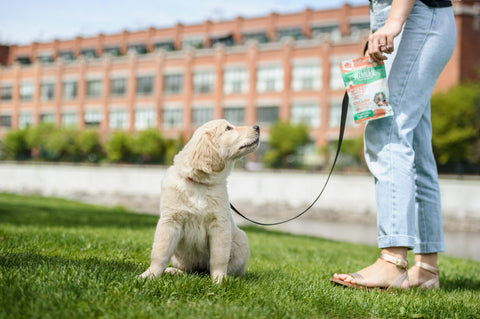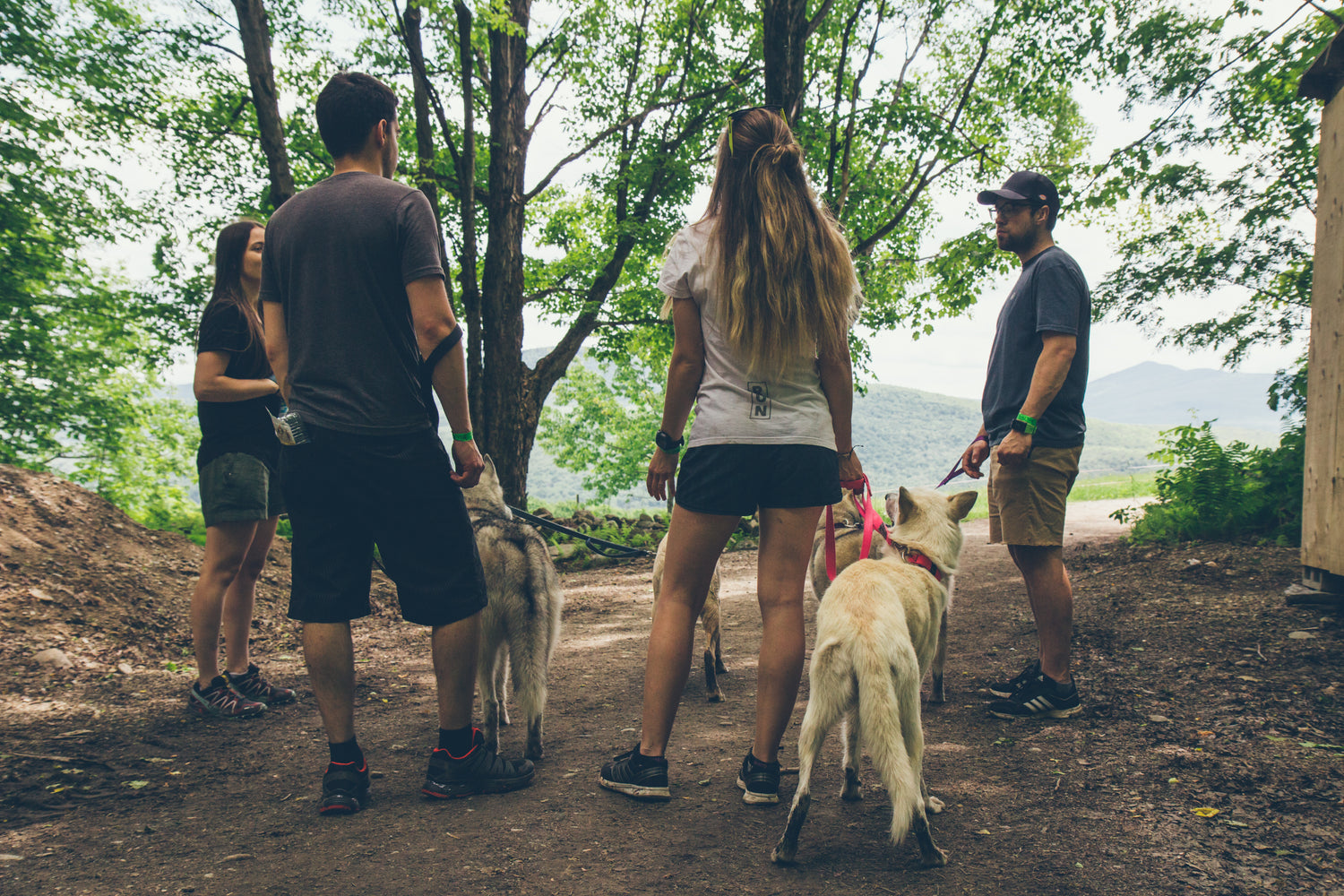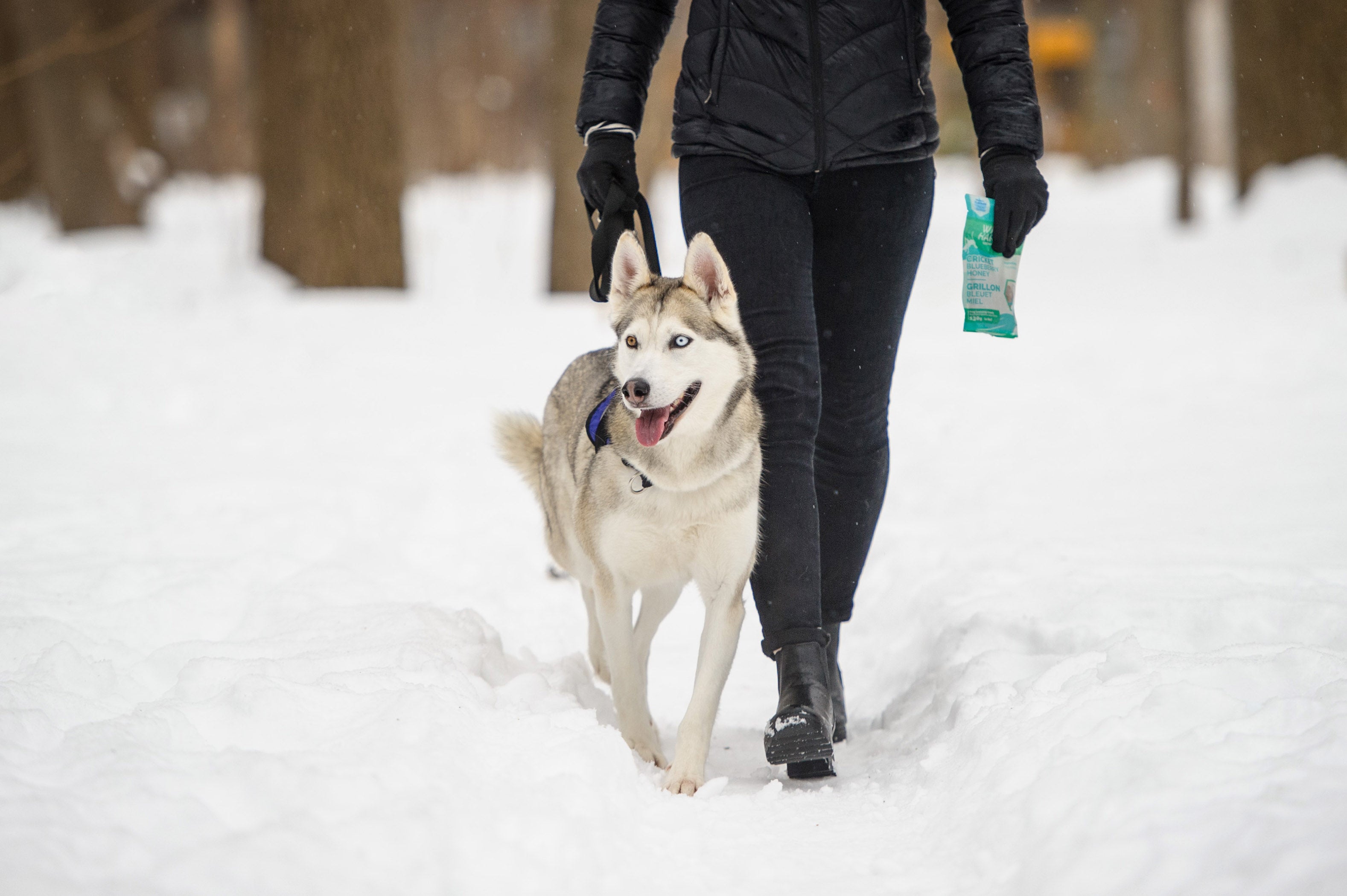Hiking is an excellent way to keep active, stay healthy, and explore the nature around you. And what better way to hang out with your best bud than to spend the day in the bush surrounded by the forest?
One of the best things about going on a hike to have some “me-time” is that you don’t have to leave your dog behind at home or have someone dog sit.
While it is easy enough to grab the leash and take off into the parts unknown, there are a few things you can do to ensure you have a safe, enjoyable hike with your pooch.
Know Your Dog’s Physical Limits
You know your dog best! Is he an active, go-getter type, or is he a couch potato? You’ll have to pick your trail and route according to the ability of both you and your dog.
Not all dogs can manage a long hike comfortably, and the last thing you want is an exhausted dog that had a bad experience.
Puppies and senior dogs will need to take it easier, while a ½ hour hike is certainly not going to be enough for an adult Australian Shepherd in its prime.
If you have a medium-sized dog of the sporting, herding, and working kind, you can freely plan a longer hike that would satisfy your needs and that you can enjoy with your dog along.
If your dog is new to hiking, always go on a short hike to get an idea of his limitations before embarking on a vigorous, 5-hour uphill adventure.
If you have a small dog or a brachycephalic breed like a Bulldog or Pug that isn’t known for their stamina, you might want to think about bringing a dog backpack carrier along, just in case you’ll need to give your little canine buddy a lift out of the woods.
Increasing The Intensity
Once you think you’ve got a handle on it, then gradually start to increase the duration and difficulty. If you are preparing for a 5-hour hike, the ideal situation is to do several shorter hikes in preparation, like a 3-hour hike twice a week for a few weeks.
However, in the event that you are unable to spare the time, you might want to gradually increase the intensity by getting a doggy backpack and loading it with food and water.
Not only will your dog get to carry its own supplies, but it will also add a slight challenge for the shorter hikes in preparation for a big one.
Keep in mind that senior dogs and puppies under a year should not be carrying any weight, while younger dogs that are not fully grown should be carrying very light weights.
As a general rule, healthy, athletic adult dogs can start carrying about 10% of their body weight and eventually work themselves up to 25%. When in doubt, always check with your veterinarian on whether your pooch is suitable to bear weight.
Preparing Your Pooch For A Backpack
A lot of people think that the only way to get their dog used to a backpack is to put it on and go for a walk. That isn’t the best approach, as many a parent of an irate, confused dog can attest.
Firstly, make sure you have a well-fitting backpack that is the appropriate size. Nothing will put a dog off faster than an ill-fitting backpack that gets in his way or annoys him.
The key is to be patient, and gradually introduce your dog to its backpack in its own time. Start by letting your dog sniff the backpack and get familiar with it. Offer loads of healthy dog treats and praise lavishly when your dog shows an interest.
Then, try putting on the backpack for short periods. Never use weight in the beginning. Play fetch, go for short walks, or simply let your pooch walk around the house wearing his new pack.
Then when you are sure your dog is comfortable, you can start adding very small amounts of weight, and before you know it, you'll have a canine companion that's ready for any adventure!
Getting In Shape
In addition to doing shorter hikes, you can also up the exercise for you and your pooch in preparation for a vigorous hiking season.
If you can’t afford the time to hike frequently, you can always increase the duration and speed of your walks, go for a jog, or walk up a nearby hill several times a day.
Obedience Training
First, you’ll need to decide whether your dog is going to be on the leash or off-leash during your hike. Always check on the leash laws in your area, and in particular, the trail that you are intending to get on.
To have your dog safely hiking with you, you’ll have to train the very basic obedience and at least have them walking nicely on a leash.
An untrained dog should never be off-leash, and one that is constantly pulling on the leash for hours on end is not pleasant for either you or your dog!
Here are a few things that your dog will need to know.

Sit, stay, come, and down
The backbone of most basic obedience classes, the most important of all is the “come”, also called the recall, especially if you are intending to let your dog off leash.
If your dog does not have a 100% reliable recall, you might want to keep him on the leash throughout your walk. There is nothing scarier than your dog deciding to chase a bear, or running off and disappearing into the woods.

Walking on a leash
Then you’ll need to have your dog walk nicely on a leash. If your dog is a puller, think about basic obedience classes first to avoid having yourself yanked around on your hike which isn’t very much fun at all.
If you’re in the hurry to hit the trails, think about using a harness and not a collar. Many dogs have sensitive tracheas that can be injured with constant pulling.

Final Thoughts
Going on a hike with your dog is one of the best things in life. With some preparation, each hike should go smoothly and you’re in for a lot of fun!




